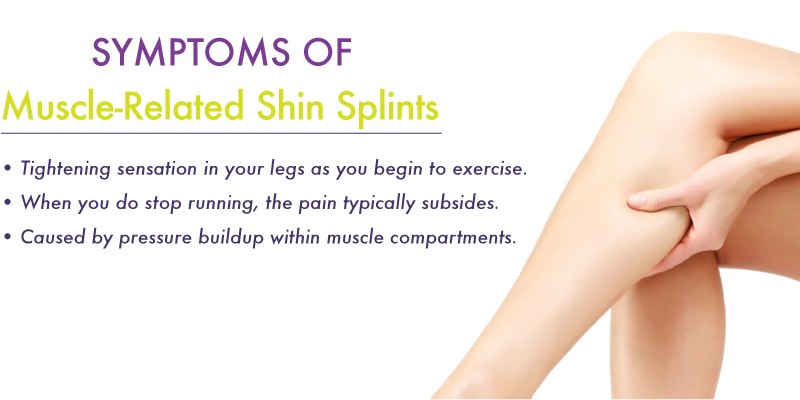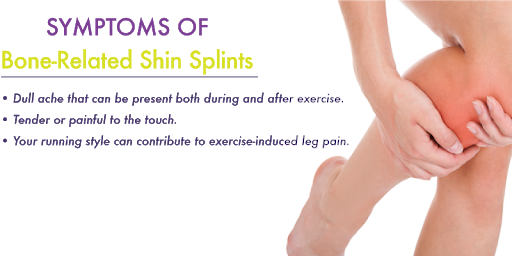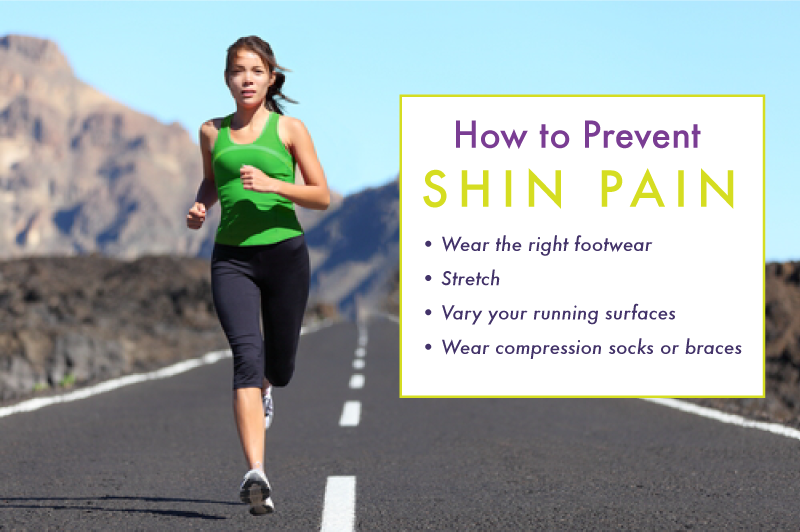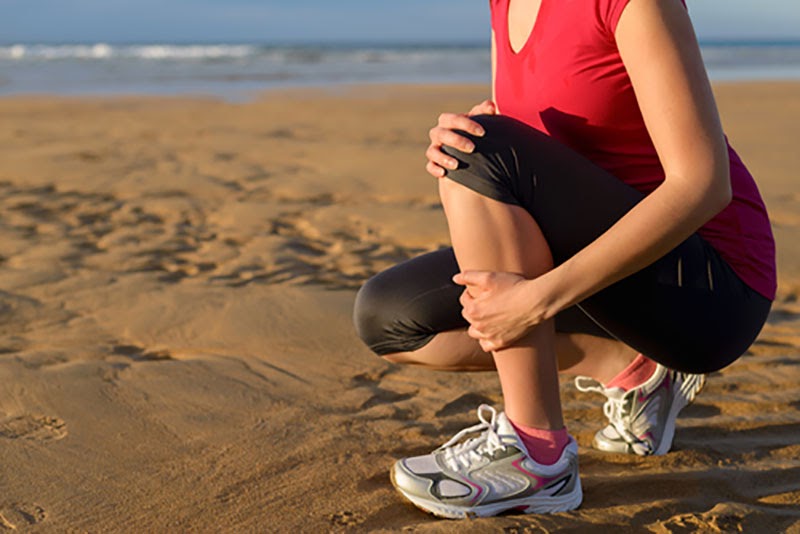Understanding Shin Splints: Why They Happen and How You Can Prevent Them
Staying active and getting daily exercise are crucial elements of maintaining excellent health, but some exercises like running, jogging, and even walking can lead to uncomfortable or even painful shin splints. For some people, this leg pain is fleeting and will diminish quickly on its own. But for others, it can hinder their progress and even squash their motivation to continue working out.
Understanding how and why exercise-related leg pain happens and what you can do to lower your chances of experiencing it can help you to not only get the most out of each workout, but to also stay excited about and motivated to continue on your path to an active, healthy life.
There are actually two different categories of shin splints: those associated with muscle tissue, and those related to your bones. Here’s everything you need to know about shin splints to get rid of the pain and enjoy your runs.
Muscle-Related Shin Splints

When shin splints are muscle-related, you may feel a tightening sensation in your legs as you begin to exercise, and sometimes, this can lead to debilitating pain that stops you in your tracks. But when you do stop running, the pain typically subsides. This is due to a condition known as exertional compartment syndrome (ECS), which is thought to be caused by pressure buildup within muscle compartments, which then leads to a decrease in blood supply to the affected area (Current Reviews in Musculoskeletal Medicine).
In some cases, taking a break from intense exercise and then very gradually reintroducing your body to more physically demanding tasks may help to alleviate symptoms. But if pain and discomfort persists, it’s never a good idea to continue pushing your body without seeking professional advice.
Bone-Related Shin Splints

More commonly, shin splints can be bone-related rather than muscle-related. Rather than a tightening feeling, bone-related shin splints tend to be characterized by a dull ache that can be present both during and after exercise. Additionally, the shin bone may be tender or painful to the touch.
Some genetic factors can play a large role in determining whether or not a person will develop shin splints. Having flat feet (or very little arch), low bone density, and even your running style can contribute to exercise-induced leg pain.
External factors such as injuries, hip and core muscle strength, and the intensity of your workouts can also play a role in the development of shin splints (The University of Illinois). These factors may be easier to address than some genetic factors, but either way, there are some things you can do to prevent this pain from happening in the first place.
How to Prevent Shin Pain

As with most medical conditions, the best treatment method for shin splints is prevention. Keep these key tips in mind when planning your exercise routine to avoid developing shin splints and stay on track to meet your fitness goals.
- Wear the right footwear. Investing in a great pair of running shoes is essential for your bone and muscle condition. Wearing old worn-out shoes isn’t likely to provide the support you need to avoid shin splints. When shopping for workout shoes, keep in mind that not everyone’s foot is structured the same. Try on a few pairs to find the best shape and style of shoe for your feet.
- Stretch. If your shin splints are muscle-related, regularly stretching those muscles can help to make them more supple and flexible, allowing you to perform a broader range of motion without feeling tight or uncomfortable.
- Vary your running surfaces. If you notice that you get shin pain only after you run on hard pavement, consider switching to grass or even gravel. These surfaces tend to be more forgiving on your muscles and bones, rather than allowing for the intense impact that cement, asphalt, and other hard surfaces can create.
- Wear compression socks or braces. Giving your shins added support in the form of compression garments or athletic braces can work wonders on leg pain, especially if your shin splints tend to related to genetic factors that are difficult or impossible to change.
Taking Control of Your Health
Running can be excellent for your physical and mental health, but taking the right precautions to keep your body healthy and pain-free is still important. Remember that it’s rarely healthy to continue to “push through the pain,” especially when dealing with chronic shin splints. In these cases, consult a specialist to make sure there isn’t a more serious underlying problem. If you’re interested in taking control of your health and wellness, you may also be interested in signing up for the Women’s Health Conversations 2016 Conference to be held in Pittsburgh, PA this November. This all-encompassing conference gives women the chance to discuss a variety of women’s health topics, including the benefits of exercise, pain management, and self-empowerment. View the registration page to learn how to become a part of the global conversation yourself.

